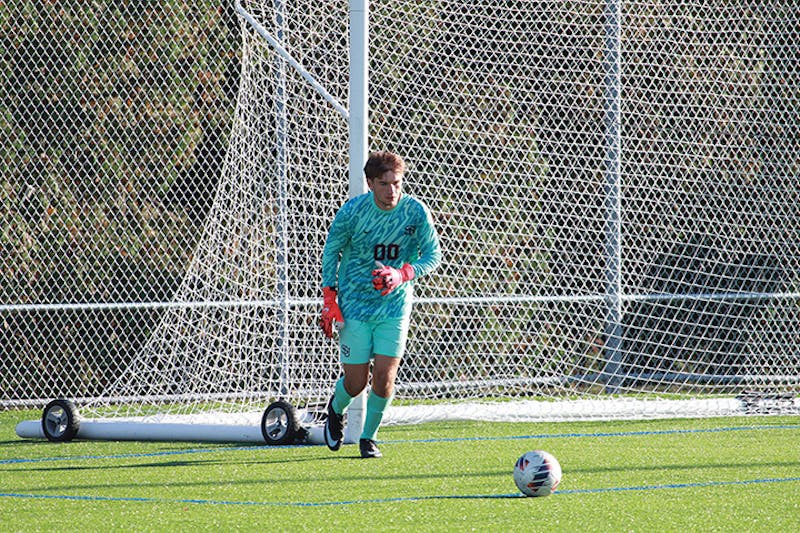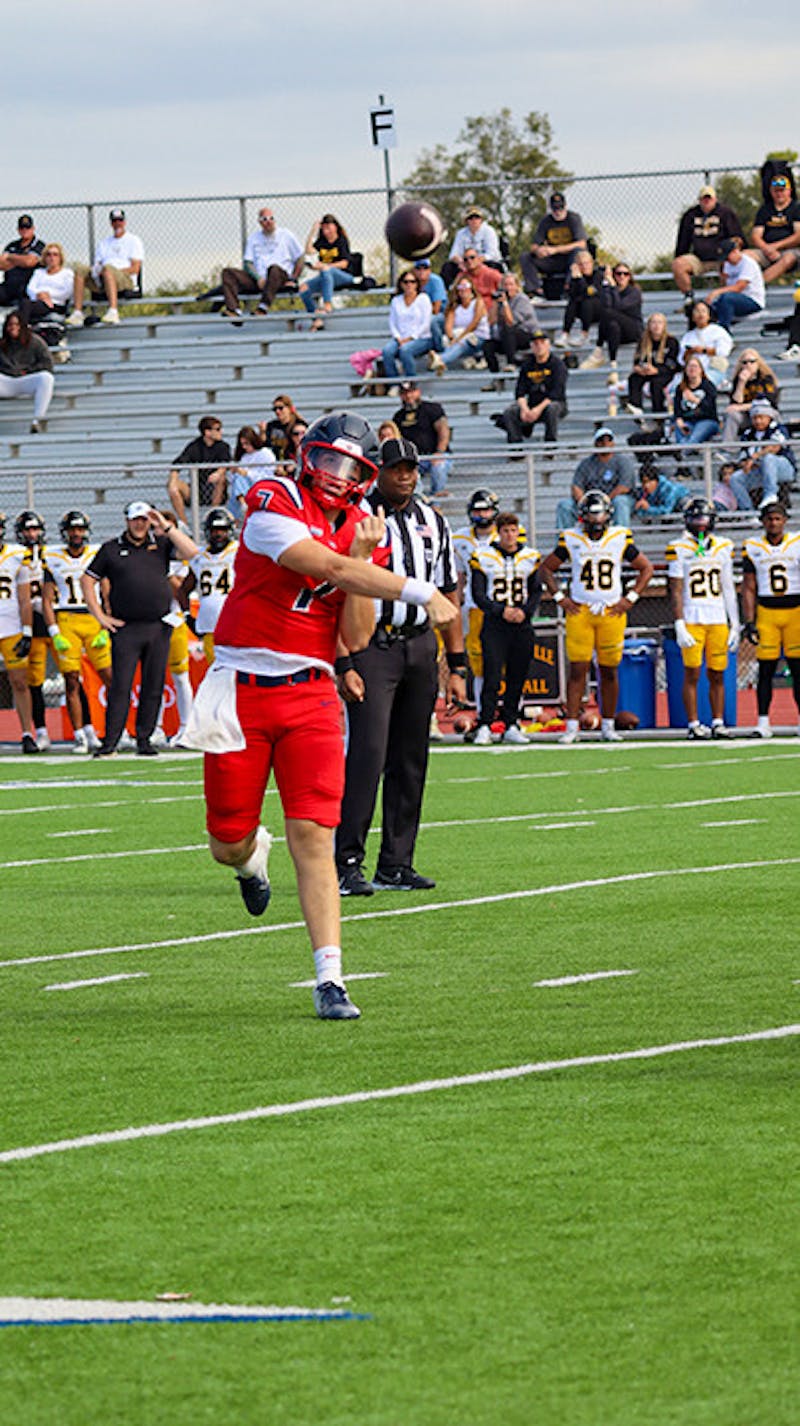It’s 11:30 p.m. A pitcher out of the bullpen just finished warmup pitches and the game is set to resume in the 12th inning. The stands are empty, with the majority of the crowd having left at 10 p.m. Fans at home watching on TV have either changed the channel or have fallen asleep on the couch.
It does not take a genius to figure out that baseball has a pace of play issue with extra innings. For the diehard fan, these games are exciting. But for the casual fan that comes to the ballpark for something to do in the summer, watching marathon games from start to finish are not enjoyable.
According to Sports Illustrated, the average length of an MLB game is 3 hours, 5 minutes and 11 seconds — a record high in the MLB. The average length of an MLB game in 2001 was 2 hours and 54 minutes, according to livestrong.com.
So how can baseball fix its growing issue of games lasting long enough to lull fans to sleep?
This season, the MLB has limited the number of mound visits a team can make per game to six. Baseball has been proactive in the minors, implementing a pitch clock in 2015 to speed up games.
The biggest change came this season to Minor League Baseball, with the adoption of softball’s international tiebreaker. The international tiebreaker is a rule that begins in the 10th inning, by placing the player who produced the last out as a runner on second base to start the inning with no outs. If the runner on second scores, it is not an earned run against the pitcher.
The rule, in theory, should produce more offense to end games quicker. However, with no outs and teams being able to play situational baseball or softball, the rule can extend games, defeating its purpose.
Alison Van Scyoc, softball coach at Shippensburg University, explained strategies with the international tiebreaker in effect, with the main point being that small ball can generate success by bunting a runner to third base and then playing your odds to score a run with one out.
With the rule, the visiting team has a significant disadvantage. Small ball may be out of the question, because one run may not be enough to win the game.
“I think there is absolutely a disadvantage to being the road team,” Van Scyoc said. “When you do anything in competition, you always want to go second. For that exact reason that you know what you need to accomplish. It puts more pressure on that home team but it also kind of gives you a mental edge.”
While this can be true in regular baseball format where the home team knows what it needs to do to win, the home team gains an unfair advantage in extras by playing small ball if the other team tried to score multiple runs and failed.
Terry Byrom, the Harrisburg Senators’ director of broadcasting and media relations, called the first game in Minor League Baseball history to go to extra innings with this rule. The game ended in 13 innings and lasted 4 hours and 4 minutes. A combined 11 runs were scored in extra innings. Byrom also reiterated the idea that the road team is at a significant disadvantage with the news rule in effect.
“After the game I went down and talked to the manager Matt LeCroy, and he had made some decisions about how he would handle it from then on after that night,” Byrom said. “Part of it was that when you are on the road and you only score that one run if you do, then the home team is probably going to score. So, I think he really felt that on the road you couldn’t play for just one run. You have to play for two [runs] and not bunt and just play.”
Andy Linker, a former writer for The Patriot who covered the Harrisburg Senators since their return to City Island in 1987 and currently works as an official scorer for Harrisburg, believes that the artificial means of the extra inning is more of a gimmick than a solution.
“It just kind of smacks of a Sunday rec league game,” Linker said. “These are professional players. Let them decide it. Not with a runner on second base or a runner on third base.”
A solution to the rule that Byrom provided is the idea of adding an out to the scenario to ensure that whichever team wins the game had to actually earn the victory instead of producing what would normally be a 1-2-3 inning for a pitcher.
“The only way then to score that run is to do something positive or have a mistake, but not a groundout and a flyout,” Byrom said. “It may have been that first game against Bowie, but there was a half-inning that we had scored and they got a groundball to first base, a flyball to medium-center field, and a strikeout and they scored a run. You didn’t even try. I think if they are going to keep this, I think having one out, to me, would make a difference.”
While the rule needs tweaking, the easiest way to shorten games is to shorten commercial breaks between half-innings. Van Scyoc mentioned that a new rule in college softball only allows for 90 seconds between innings. Major League Baseball currently allows 2 minutes and 5 seconds for a locally-televised game or 2 minutes and 25 seconds for a nationally-televised game.
“The secret is that if you want to speed up games, you cut down on the sacred cow of the between inning advertisements,” Linker said. “Baseball is trying to corral that in, but really it is a double-edged sword. ESPN wants to get in every nickel of advertising they can, and you can’t blame them because they are paying billions of dollars for the rights to it.”
Overall, it is not likely that the new extra-inning rule will make its way to the majors, without a huge uproar from baseball’s fans. Games are long, but for the fans, changing the rules of the game is not the solution.
“I think that the longer the game goes in a tie format, the more fun the game gets,” Van Scyoc said. “The more pressure there is, and I know that you can get marathons, but that is just kind of the beauty of the sport.”



The Slate welcomes thoughtful discussion on all of our stories, but please keep comments civil and on-topic. Read our full guidelines here.